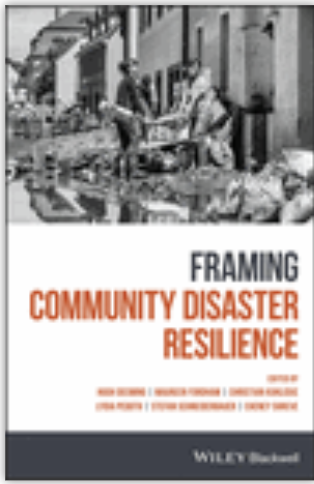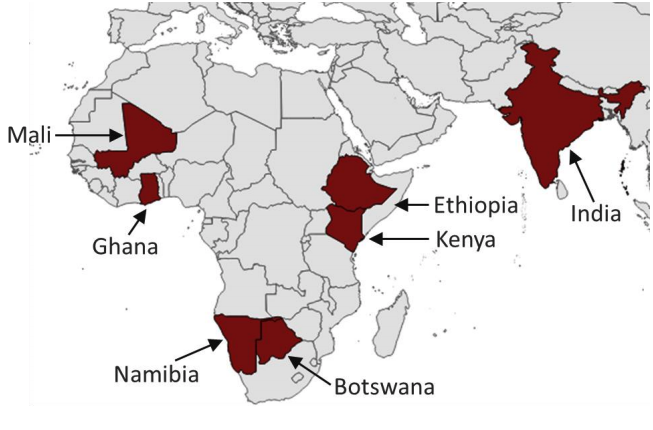Data analysis
Human populations in the world’s mountains: Spatio-temporal patterns and potential controls
Delve into the data and trends of human populations in mountainous regions, and explore the associations between mountain populations and different environmental covariates. Findings may inform predictions of future mountain population distributions under scenarios of future climatic change.
Assessing finance for nature-based solutions to climate change
Explore this assessment of funding for nature-based solutions aimed at developing countries, using data from the Organisation for Economic Co-operation and Development, and learn about the extent to which this funding is being used effectively.
WASH Flows Tool
Explore this analytical tool aiming to combine both watershed management and water, sanitation and hygiene goals into a single planning process, encompassing all water supply sources.
Managing Complex Systems: The Need to Structure Qualitative Data
This paper shows how 'structured output' methods can ‘abstract’ important issues and concepts and feed into planning and policy outputs.
Determining what global warming of 1.5°C and higher means for the semi-arid regions of Botswana, Namibia, Ghana, Mali, Kenya and Ethiopia: A description of ASSAR’s methods of analysis
This article describes ASSAR's method for what global warming of 1.5°C and higher means for the semi-arid regions of Botswana, Namibia, Ghana, Mali, Kenya and Ethiopia.




